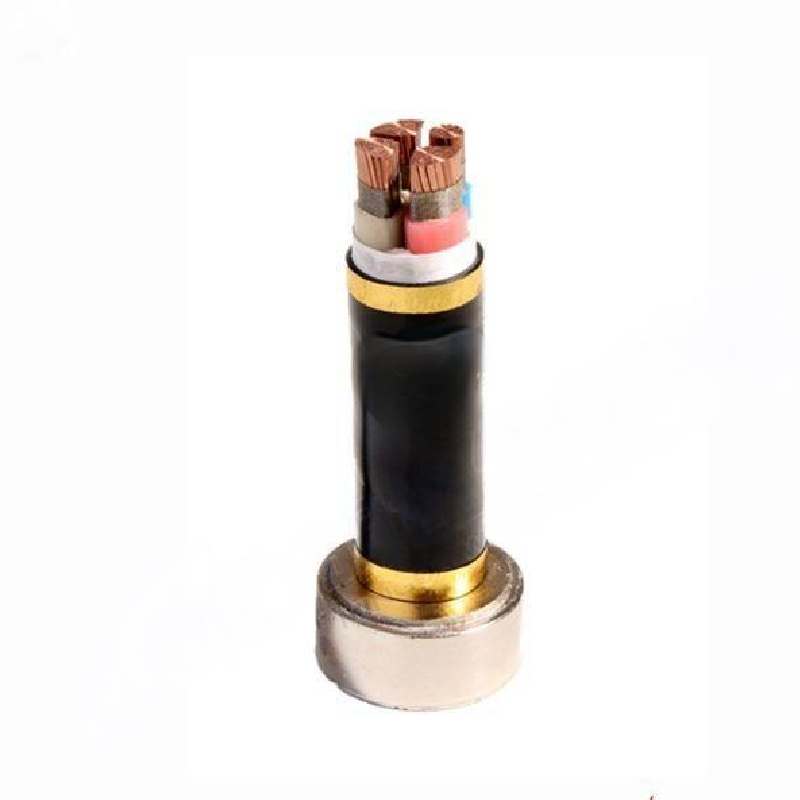10 月 . 18, 2024 17:28 Back to list
Regulating Flow with Control Check Valves for Optimal System Performance
Understanding Flow Control Check Valves An Essential Component in Fluid Systems
Flow control check valves play a pivotal role in the management of fluid dynamics across various industrial applications. These devices ensure that fluids flow in one direction while simultaneously regulating the flow rate, thereby preventing damage and ensuring systems operate efficiently. To appreciate their importance, it's essential to understand how they function, their types, and their applications.
How Flow Control Check Valves Work
At its core, a flow control check valve operates on the principle of allowing fluid to flow in a specific direction while blocking reverse flow. This is typically achieved through a mechanism that includes a disc or ball, which opens when there is sufficient upstream pressure. As the fluid flows in the intended direction, the disc or ball lifts off its seat, allowing fluid passage. If the flow attempts to reverse, the pressure decreases, causing the disc or ball to fall back into place, sealing the passage and preventing backflow.
The inclusion of flow control features further enhances the valve's functionality. These features often come in the form of adjustable or fixed orifices that regulate the volume of fluid passing through the valve at any given time. This can be particularly important in applications where maintaining a specific flow rate is critical for system performance.
Types of Flow Control Check Valves
Several types of flow control check valves are available, each designed for specific applications and conditions
1. Swing Check Valves These valves have a hinged disc that swings open when fluid flows in the proper direction. They are ideal for low-pressure applications and can handle large volumes of fluid.
2. Lift Check Valves This design features a disc that moves vertically. Lift check valves are often used in high-pressure systems and are excellent for applications requiring quick response times.
3. Ball Check Valves These consist of a round ball that sits in a seat. Fluid pressure lifts the ball, allowing flow. Once pressure drops, the ball returns to the seat, preventing backflow.
flow control check valve

4. Diaphragm Check Valves Utilizing a flexible diaphragm, these valves can handle a wide variety of liquids while offering excellent sealing capabilities.
Applications of Flow Control Check Valves
Flow control check valves find applications across numerous sectors, including
- Water and Wastewater Management Ensuring the proper flow of water and wastewater through treatment facilities and distribution systems is crucial. Check valves prevent backflow, protecting pumps and other equipment.
- Oil and Gas Industry In oil pipelines, controlling the flow and preventing backflow is essential for safety and efficiency.
- HVAC Systems These valves regulate the flow of coolant and heating fluids, enhancing system performance and protecting equipment from potential damage due to backflow.
- Chemical Processing Flow control check valves are critical in chemical processing to ensure that hazardous materials flow safely and do not mix or reverse flow.
Conclusion
Flow control check valves are invaluable components in fluid systems. Their ability to permit flow in one direction while controlling the rate ensures the safety and efficiency of various applications. As industries continue to evolve and require more sophisticated fluid management solutions, the importance of these valves will only increase. Understanding their functions, types, and applications will help engineers and operators make informed decisions, thereby enhancing system performance and safety. With ongoing advancements in valve technology, including improved materials and design, the future of flow control check valves looks promising, paving the way for more efficient and reliable fluid management.
Share
-
Understanding the Differences Between Wafer Type Butterfly Valve and Lugged Butterfly ValveNewsOct.25,2024
-
The Efficiency of Wafer Type Butterfly Valve and Lugged Butterfly ValveNewsOct.25,2024
-
The Ultimate Guide to Industrial Swing Check Valve: Performance, Installation, and MaintenanceNewsOct.25,2024
-
Superior Performance with Industrial Swing Check Valve: The Essential Valve for Any SystemNewsOct.25,2024
-
Industrial Swing Check Valve: The Ideal Solution for Flow ControlNewsOct.25,2024
-
You Need to Know About Industrial Swing Check Valve: Functionality, Scope, and PerformanceNewsOct.25,2024